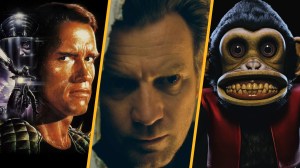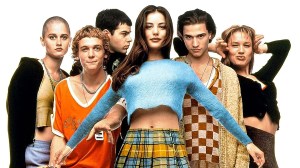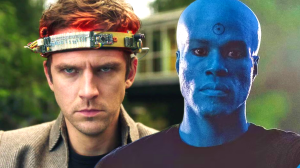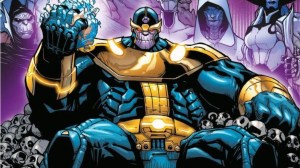Stephen King isn’t just a name that dominates the literary world — he’s a major force in film and TV too. With countless adaptations of his work and even spin-off shows inspired by his stories, anything connected to King usually makes an impact. But every now and then, something slips through the cracks, and it’s even more surprising when that “something” comes from one of the few directors who actually know how to adapt his stories properly. Imagine having to please two entirely different audiences while still making a standalone sequel that makes sense on its own. Most directors would run from that challenge. Mike Flanagan, on the other hand, decided to face it head-on. And by doing so, he ended up creating one of the most underrated horror films of the last decade.
Videos by ComicBook.com
Released in 2019, Doctor Sleep was set up for the impossible: to merge the world of King’s The Shining with Kubrick’s version. One represents the raw, emotional horror of a man consumed by alcoholism; the other, a cold, methodical masterpiece of madness and isolation. The two never really aligned — not on screen, and definitely not off it, since King openly hated Kubrick’s adaptation. So when Doctor Sleep was announced, skepticism was inevitable. But Flanagan did the unexpected. Instead of choosing a side, he chose both. He made a film that honors the iconic visuals of the 1980 classic while staying true to the heart and themes King originally intended. It’s the perfect middle ground and a rare balance between respect for the source and cinematic innovation.
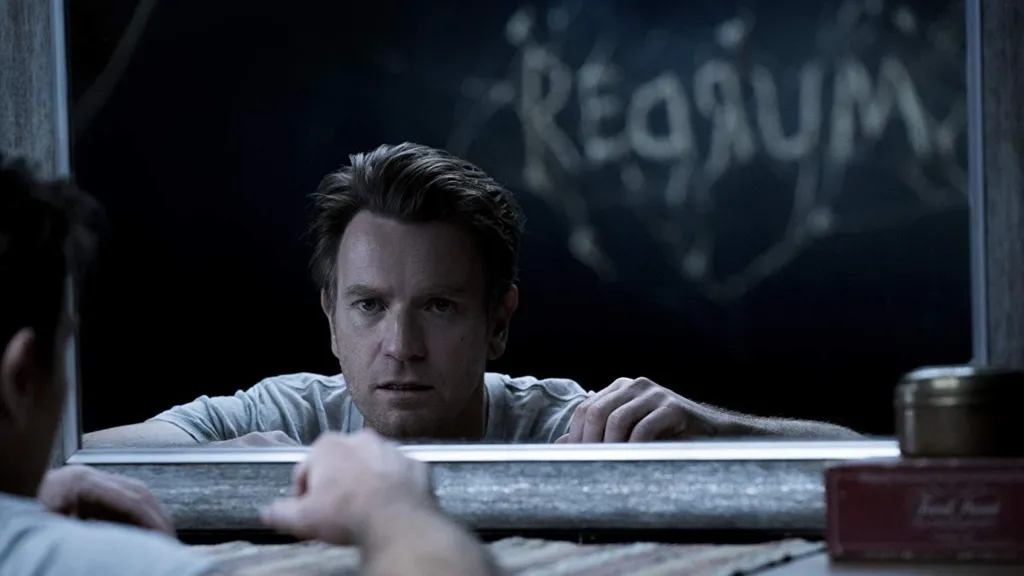
And that difference shows from the very first scenes. Doctor Sleep isn’t a jump-scare horror movie; it’s a story about inheritance and trauma. For those who remember the original, Jack Torrance (Jack Nicholson) had a son — that little boy on the tricycle. In the sequel, that boy becomes the protagonist. Dan Torrance (Ewan McGregor) is now a broken adult, battling alcoholism and the lingering scars of what happened at the Overlook Hotel years ago. He’s trying to live a quiet life until he crosses paths with Abra (Kyliegh Curran), a teenager who shares his psychic gift: the “shine.” Their bond becomes the film’s emotional core: two generations connected by powers and pain no one else can understand. And that’s where Flanagan shines most — using the supernatural as a lens to explore real human suffering.
At the same time, the movie still delivers as a horror story. That’s where the villain, Rose the Hat (Rebecca Ferguson), comes in: she leads a cult-like group that feeds on the “shine” of children. On paper, that premise could easily sound absurd, but Flanagan treats it with the same seriousness he gives his human drama. Known for his careful approach to horror, he builds tension with precision, making audiences uneasy without resorting to cheap tricks. The result is a production that’s less about monsters and more about survival and what happens when the past refuses to stay buried.
How Exactly Did Mike Flanagan Fix The Shining Problem in Doctor Sleep?
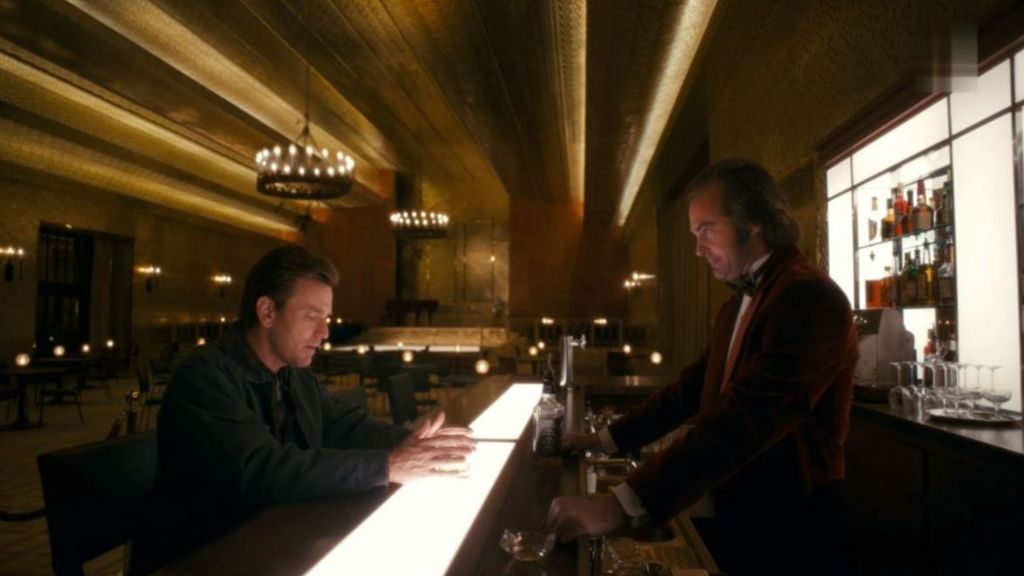
What really makes Doctor Sleep fascinating, though, is how it handles the legacy of The Shining. King’s original novel ends with the hotel destroyed, while Kubrick’s film leaves it standing. So, for a sequel that’s all about confronting the trauma of the past, what do you do? Flanagan decided to rebuild the Overlook as a forgotten but still-living place — a physical embodiment of unresolved pain. When Dan returns there, it’s not just to fight ghosts; it’s to face what’s left of his father, his childhood, and the heavy burden of being a Torrance. That’s where Flanagan resolves the decades-long conflict between King and Kubrick — by turning the hotel itself into a symbol of reconciliation.
That reconciliation becomes crystal clear in the moment Dan meets his father’s spirit, now serving as the hotel bartender. It’s a tense, deeply emotional scene, but not cheap or sentimental. There’s no forgiveness, only understanding. Flanagan grasps what King wanted to say about addiction and self-destruction, while also using the stillness and cold precision that defined Kubrick’s work. It’s a perfect fusion of both visions, and arguably the strongest moment in the entire movie. It’s also the kind of scene that proves why Flanagan is one of the best horror directors working today, knowing how to balance emotion and craft like few others.
Still, despite all that care and ambition, Doctor Sleep never got the recognition it deserved. Released at a poorly timed moment with a confusing marketing campaign, the film failed to find its audience in theaters and became a box office disappointment. In hindsight, it’s not hard to see why. The Shining is a pop culture monument, but it belongs to an older generation of horror fans. Younger audiences didn’t have the same connection to that story, and Doctor Sleep‘s tone — slower, heavier, and more psychological — didn’t fit the mainstream horror trends of the time. The result? A film that was too thoughtful for casual viewers and too different for hardcore fans.
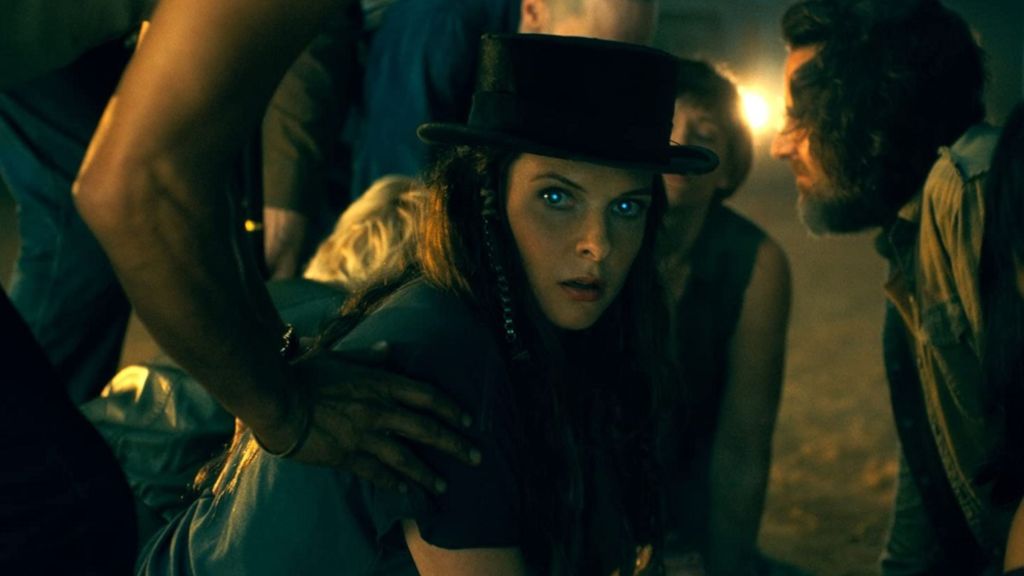
Technically, though, it’s flawless. The Overlook Hotel recreation is jaw-droppingly accurate, the sound design is chilling without being overbearing, and the cinematography mirrors Kubrick’s elegance without copying it. But what stands out most is how cohesive it all feels. Where Kubrick’s The Shining was about one man’s descent into madness, Doctor Sleep explores the aftermath — what happens to those who survive that madness. Flanagan doesn’t compete with the original; he complements it. He delivers a sequel that not only honors both the book and the movie but also manages to do something even more impressive: make King actually like a film tied to Kubrick’s version. The author himself admitted that Doctor Sleep helped him “reconcile with the past.”
In the end, what Flanagan achieved is rare: turning a long-standing pop culture conflict into a story that feels whole, emotional, and visually striking. He didn’t just attempt to fix one of King’s biggest adaptation problems — he did it. The only real issue? The audience didn’t notice. So today, Doctor Sleep stands as the perfect example of a movie that deserved far better than to be forgotten.
Have you seen the movie yet? What did you think of Flanagan’s approach? Let us know in the comments!

